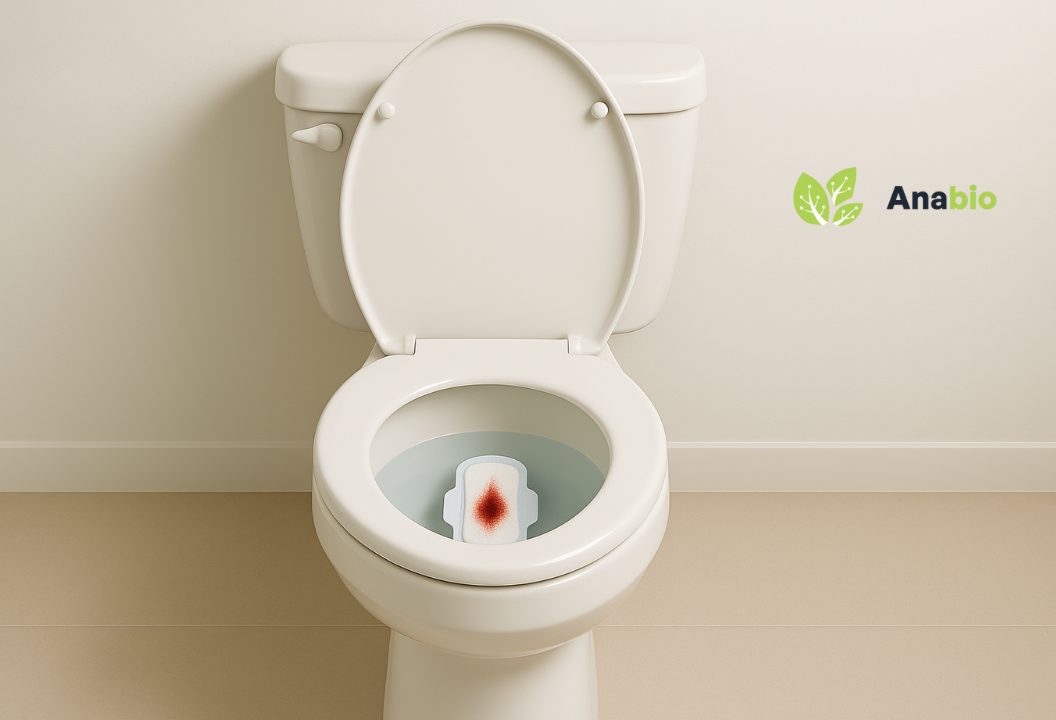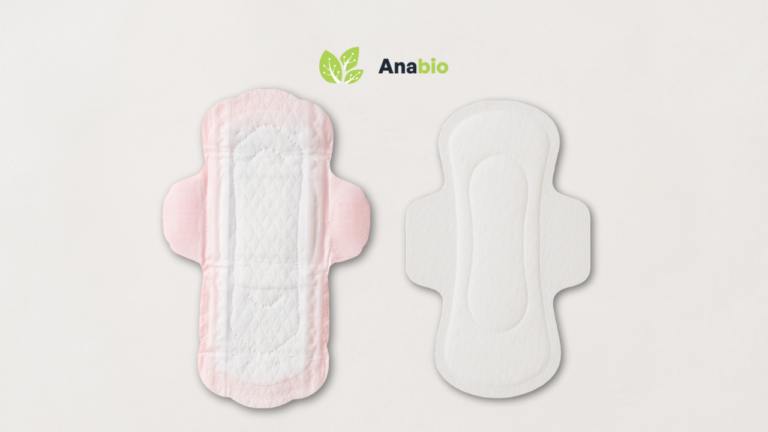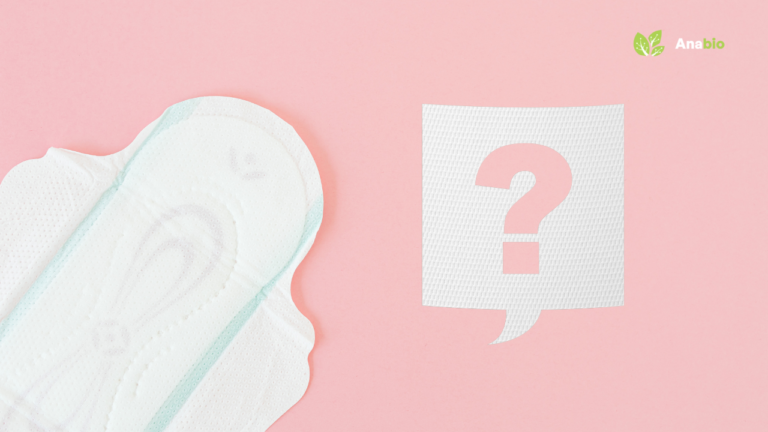Are Flushable Sanitary Pads Safe for Plumbing and the Environment ?
For as long as we can remember, women have been told one thing:
“Never flush a sanitary pad.”
And that warning makes total sense. Traditional pads are well known for blocking toilets, clogging pipelines, and creating chaos in sewage systems. Beyond the plumbing issues, they contribute to one of the toughest waste problems on the planet – non-biodegradable menstrual waste.
So, when a product claims to be “flushable,” it’s natural to raise an eyebrow. Can a sanitary pad really be safe for both plumbing and the planet?
That’s the future we, at ANABIO, are building.
What Does “Flushable” Really Mean?
When people hear flushable, they often think it simply means “won’t clog the toilet.” But true flushability goes beyond that.
A product deserves the flushable label when it:
- Breaks down quickly in water (usually within minutes), just like toilet paper.
- Flows smoothly through pipes without causing buildup over time.
- Passes safely through sewage systems, avoiding costly blockages.
- Biodegrade naturally, without harming the environment.
At ANABIO, flushable doesn’t just mean “can go down the toilet.”
It means plumbing-safe, planet-safe, and proven to perform.
Why Do Traditional Pads Clog Toilets?
Conventional sanitary pads may look harmless, but their materials tell another story. Most pads are made of plastic and non – biodegradable materials.
So when flushed, these pads don’t disintegrate. Instead, they:
- Clog toilets and sewage lines: Unlike toilet paper, sanitary pads don’t break down in water. Instead, they swell when wet, making them one of the main causes of blockages.
- Jam wastewater treatment plants: Now, imagine, if a single pad can clog a household pipeline, what would be the impact of dozens or even hundreds entering sewage systems? The result is costly, large-scale disruptions at treatment plants.
This is why flushing conventional pads is one of the biggest plumbing nightmares and the problem doesn’t just end here.
Why do we even need flushable sanitary pads?
Globally, billions of sanitary pads are disposed of every year. And they usually meet one of three ends:
- Landfills: Takes 500–800 years to decompose, adding to the growing burden of non-biodegradable waste. Disposal is often unhygienic, too. Imagine having a discarded pad lying on the ground for decades, housing some of the most pathogenic microorganisms.
- Incineration: Releases toxic gases like dioxins and furans, which are known to be carcinogenic and endocrine-disrupting.
- Water bodies: Break down into microplastics, polluting rivers and oceans, and threatening aquatic life.
Clearly, the old way of making and disposing of pads is unsustainable.
How do flushable pads avoid toilet clogging?
Flushable sanitary pads are designed with a completely new approach compared to conventional ones. Instead of relying on plastics, they are made with water-dispersible, biodegradable materials that can safely pass through toilets and sewage systems.
What sets them apart is:
- Plumbing-friendly design engineered to disperse in water rather than swell and block pipes.
- Rigorously tested for flushability and biodegradability in both laboratory and real-world conditions for safety.
- Eco-conscious breakdown decomposes naturally without releasing microplastics or toxins.
At the same time, flushable sanitary pads don’t compromise on the essentials. The shift to biodegradable, dispersible materials doesn’t mean users have to sacrifice comfort or performance. Just like regular pads, flushable options are designed with:
- Soft, skin-friendly layers that prevent irritation.
- High-absorbency cores that lock in moisture.
- Reliable leak protection that gives confidence during daily activities.
This means they deliver the same convenience and reliability women expect from traditional pads, be it all-day wear, overnight use, or staying active.
The only difference? They don’t leave behind a waste trail of plastics or microfibers. Instead, they balance personal comfort with environmental responsibility, creating a product that works for the user and for the planet.
By rethinking the very materials and structure of pads, flushable sanitary pads offer a responsible alternative that addresses both plumbing safety and environmental sustainability.
Can You Flush Sanitary Pads?
Yes. If they’re ANABIO’s flushable sanitary pads.
Safe for Plumbing. Safe for the Planet.
For decades, the message has been clear: don’t flush pads.
With ANABIO, we’re rewriting that message.
Our Flushable Sanitary Pads don’t just make disposal convenient; they solve two major challenges at once:
- No more clogged toilets or sewage systems.
- No more non-biodegradable waste piling up in landfills.
Because the future of menstrual hygiene isn’t just about managing periods.
It’s about managing them responsibly.
👉 Flush with confidence. Flush with care.
Reference: https://cdn.who.int/media/docs/default-source/bulletin/online-first/blt.24.291421.pdf




